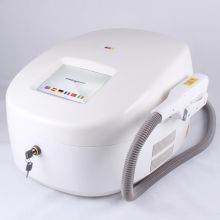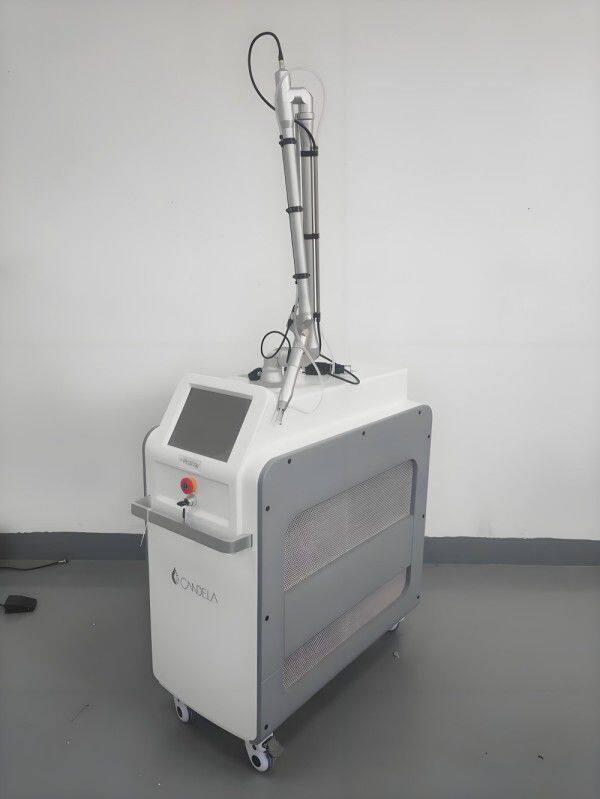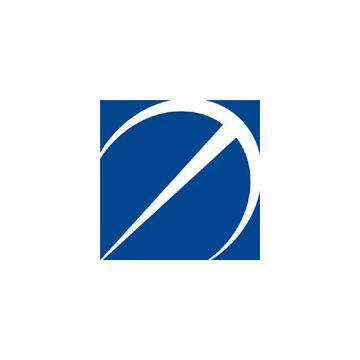-
 Jerry
Hi there! Welcome to my shop. Let me know if you have any questions.
Jerry
Hi there! Welcome to my shop. Let me know if you have any questions.
Your message has exceeded the limit.

Which laser beauty device is most effective for removing large-area tattoos?
2025-07-15 22:15:56
Which laser beauty device is most effective for removing large-area tattoos?
The choice and effectiveness of laser beauty devices for removing large-area tattoos depend on factors such as the tattoo's color, depth, size, and skin type. Currently, laser tattoo removal is widely recognized as the safest and most effective method. Here is an analysis of several common types of laser beauty devices and their applicable scenarios:
1. Picosecond laser devices (e.g., PicoSure, PicoWay)
◦ Features: Picosecond lasers operate with extremely short pulse times (picosecond level). Compared to traditional nanosecond lasers, they cause less thermal damage, act more precisely, and can effectively shatter pigment particles. They are suitable for removing multicolored tattoos (including hard-to-fade colors like blue and green).
◦ Advantages:
◦ Fewer treatment sessions required (usually 60-70% fewer than traditional lasers).
◦ Less damage to the skin, faster recovery, and lower risk of scarring.
◦ Suitable for Asian skin types and complex tattoos.
◦ Recommended scenarios: Large-area, multicolored, and deep tattoos.
◦ Representative devices: PicoSure, PicoWay (used by London's Pulse Light Clinic with significant results).
2. Q-switched laser devices (e.g., Alex TriVantage, Nd:YAG laser)
◦ Features: Q-switched lasers are a traditional laser technology, suitable for common tattoo colors such as black, blue, and red. The Alex TriVantage combines Alexandrite and Nd:YAG lasers, capable of handling multicolored tattoos and pigmentation issues.
◦ Advantages:
◦ Mature technology, widely used in medical institutions.
◦ Good results in removing black and dark-colored tattoos.
◦ Relatively lower equipment costs, which may lead to more economical treatment fees.
◦ Limitations:
◦ Less effective for green, light-colored, or complex-colored tattoos.
◦ May require more treatment sessions (assessed using the Kirby-Desai scale, with the number of sessions related to the complexity of the tattoo).
◦ Recommended scenarios: Large-area tattoos with black or a single color.
3. Fractional CO2 laser devices
◦ Features: Mainly used for skin repair (such as scars and acne pits), but some high-power fractional CO2 lasers (e.g., Korealab devices) can also assist in tattoo removal by evaporating the superficial skin tissue to promote pigment metabolism.
◦ Advantages:
◦ Can improve skin texture simultaneously, suitable for tattoo areas with scars or uneven skin.
◦ Long service life and high equipment stability.
◦ Limitations:
◦ Primarily for superficial tattoos or auxiliary treatment, with limited effect on deep pigment removal.
◦ May carry a risk of mild scarring or pigmentation.
◦ Recommended scenarios: Tattoos accompanied by skin damage or requiring comprehensive skin repair.
Factors affecting effectiveness
• Tattoo characteristics: Large-area tattoos usually require more treatment sessions (6-12 or more, depending on color and depth). The Kirby-Desai scale can be used to assess the required number of sessions.
• Skin type: Asian skin is sensitive to lasers, so picosecond lasers are recommended to reduce the risk of pigmentation.
• Device operation: Professional medical institutions and experienced operators can significantly improve results and reduce side effects. It is advisable to choose regular hospitals or clinics (such as the Plastic Surgery Department of Peking University Third Hospital).
Recommendations
For large-area tattoos, picosecond laser devices (such as PicoSure or PicoWay) are the first choice, as they are efficient, fast, and cause less damage to the skin, especially suitable for multicolored or complex tattoos. If budget is a concern or the tattoo has a single color, Q-switched Nd:YAG lasers (e.g., Alex TriVantage) are also reliable options. Fractional CO2 lasers can be used as auxiliary devices for improving skin texture or treating superficial tattoos.
Notes
• Number of treatments: Large-area tattoos typically require multiple sessions (6-12 or more), with each session spaced 6-8 weeks apart to ensure skin recovery.
• Price: Depending on the area and difficulty, the cost per treatment is approximately 3,000-10,000 RMB, and the total cost varies based on the number of sessions.
• Side effects: May include temporary redness, pigmentation, or scarring. Choosing regular institutions can reduce such risks.
• Suggestions: Consult a professional doctor to customize a treatment plan based on the tattoo's condition, and ensure the device meets medical device certifications (such as China's Class III medical device standards).
For learn more, can visit our company site for details is: www.ruipufactory.com

Tags: laser tattoo removal, laser beauty equipment, laser skin carf

